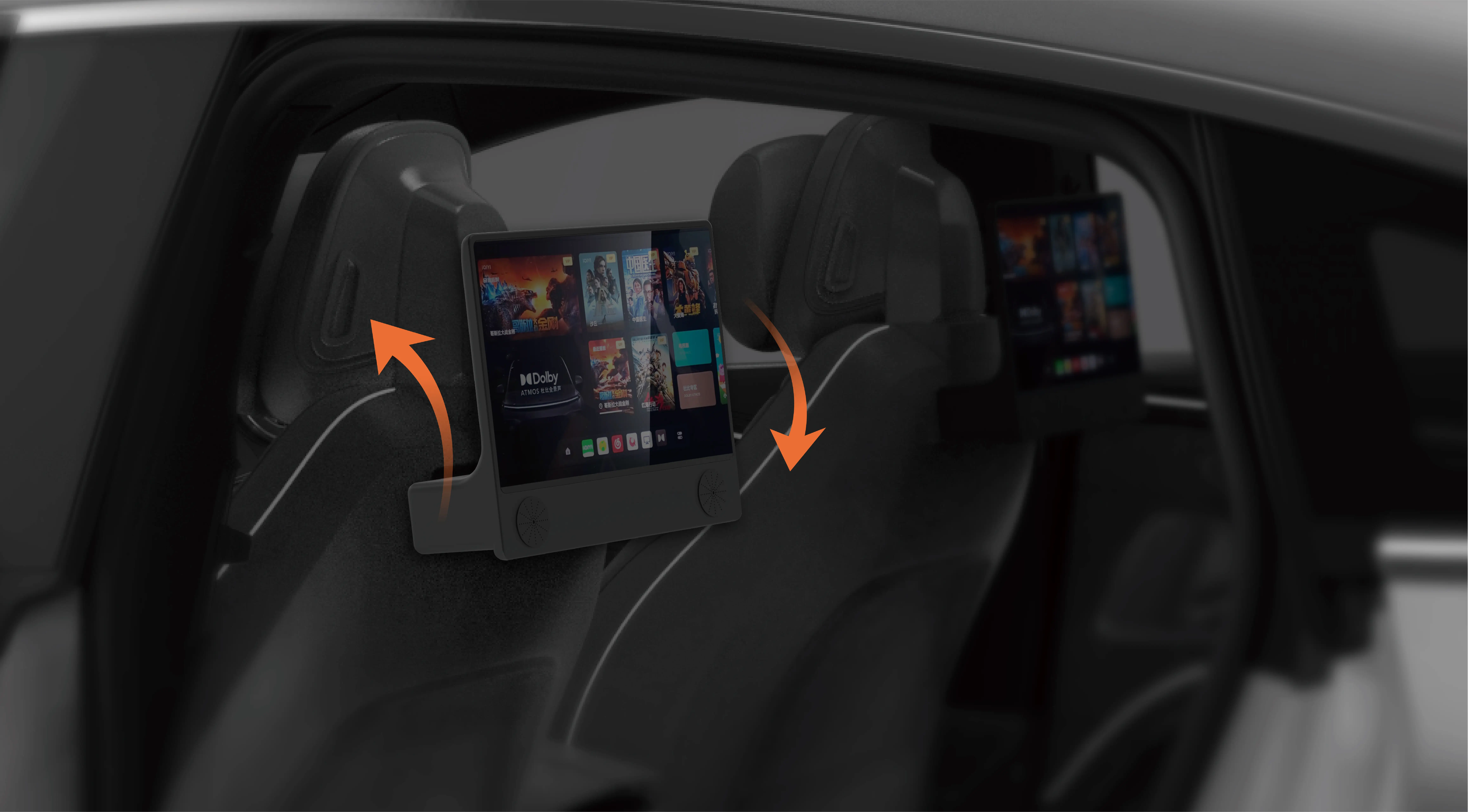Unlocking Efficiency with SEW-Eurodrive Gearmotor Nomenclature: A Gentle Guide to Precision Engineering

Are you navigating the labyrinth of industrial gearmotors and feeling overwhelmed by the seemingly cryptic codes and classifications? If so, you're not alone. For many engineers, technicians, or even curious enthusiasts, the nomenclature used by SEW-Eurodrive offers both a challenge and an opportunity—a way to decode complex machinery in a language that, once understood, becomes surprisingly intuitive.
Imagine walking into a high-end atelier where every stitch, fabric fiber, and design element speaks a language of craftsmanship and purpose. SEW-Eurodrive's gearmotor nomenclature is very much like that—it’s a carefully crafted code that encapsulates a wealth of information in a structured, logical way. Grasping this code can significantly streamline your decision-making process, enhance maintenance routines, and foster future-proof upgrades.
The Art and Science Behind the Nomenclature
At first glance, the codes may seem like an alphabet soup; a series of letters and numbers that have no immediate meaning. But peel back the layers, and you'll find a thoughtfully organized system that synthesizes key characteristics—power, speed, mounting, design, and options—into a compact designation.
The entire nomenclature can be divided into distinct segments, each with a specific purpose. Typically, a SEW-Eurodrive gearmotor code might look something like “DRN 63 MF 80 S4”. While this looks like a random string, each part carries vital information:
Type of Gearmotor: This indicates the series or the series family. For example, “DRN” may denote a particular series suited for specific applications or environments. Size or Power Class: The number “63” indicates the overall size category, relating directly to power capacity. Design or Variant: “MF” can identify the design version—such as a medium force, high torque version, or special features. Gear Ratio or Specification: “80” might refer to an exact gear ratio that determines how speed and torque are managed. Motor Type/Performance Class: “S4” could denote the duty cycle or the performance class, like continuous, intermittent, or specific duty cycle operational modes.
Understanding each of these segments empowers you to select the right motor for your specific needs, avoid costly mismatches, and optimize system performance.
The Power of Systematic Nomenclature in Industrial Settings
Why does this matter? In the world of industrial automation and mechanical engineering, efficiency isn’t just about moving parts—it's about how well your components "speak" to each other, how quickly you can identify the right part, and how confidently you can predict performance.
SEW-Eurodrive's standardized naming helps to streamline communication among engineers, procurement teams, and maintenance personnel. Instead of describing a gearmotor’s specifications in lengthy paragraphs, a well-understood code can summarize the essence of the equipment—saving time and reducing errors.
Moreover, this structured approach simplifies inventory management. Your warehouse staff can list, locate, and reorder parts based on these codes, knowing precisely what each code signifies without ambiguity. For multinational corporations operating across different regions, this simplifies global coordination as well—no more language barriers or misinterpretations.
Decoding the Main Components
Let’s explore some of the common segments you will encounter in SEW-Eurodrive gearmotor designation:
Series and Type Designation:
These initial letters or combinations point to the series or family, crafted to suit various industrial needs—from compact, high-efficiency drives to heavy-duty industrial workhorses. Recognizable series such as “DRN” or “MOVITRANS” tell a lot about the design focus.
Size/Class Numbers:
Numeral identifiers like “56”, “63”, “80”, or “100” reveal the size category, often correlating with the motor’s physical dimensions and power range. The larger the number, the more robust the unit tends to be, capable of handling higher torque loads.
Design and Additional Features:
Letters such as “MF”, “HK”, “MT” specify particular design variants or features. “MF” might stand for a medium-force variant designed for moderate but reliable torque, while “HK” could indicate a high-performance variant with enhanced heat dissipation.
Gear Ratio and Mechanical Specifications:
Numbers like “80”, “100”, or “120” usually specify gear reduction ratios or specific mechanical configurations designed to optimize either torque output or speed regulation depending on application needs.
Duty Cycle and Performance Class:
Suffixes like “S2”, “S4”, or “S5” detail the operational duty cycle, clarifying how the motor handles continuous or intermittent loads.
Having this knowledge upfront can turn a confusing alphabet soup into a strategic highway map—guiding you to the right gearmotor with confidence.
Practical Applications and Benefits
Proper understanding of this nomenclature doesn’t just aid in identification—it paves the way for smarter engineering choices. For example, if you're upgrading a conveyor system that currently uses a “DRN 63 MF 80 S4,” knowing exactly what each segment means helps you find a compatible or improved variant quickly.
In maintenance, recognizing a component’s code can assist technicians in diagnosing issues faster—by matching the code with detailed technical specifications, spare parts, and repair kits.
Furthermore, with rising demands for automation, predictive maintenance, and smart factories, these codes enable seamless integration into digital asset management systems. The ability to swiftly locate and track machinery components minimizes downtime and boosts productivity.
Established in 2005, Kpower has been dedicated to a professional compact motion unit manufacturer, headquartered in Dongguan, Guangdong Province, China.




































